Have we been treating back pain wrong?
The Lancet
You may have heard that recently a series of papers were published in the medical journal "The Lancet", examining the way the healthcare profession manages low back pain. Here we will summarise some of the findings.
Low back pain facts:
Low back pain is now the leading cause of disability world wide!
For nearly all people with low back pain, it is not possible to identify a specific cause - this type of back pain is referred to as "non-specific low back pain"
People with other chronic conditions (e.g. asthma, headache, diabetes, poor mental health) are more likely to report low back pain than people in good health
The problem with scans
Diagnosing back pain using x-ray, CT & MRI
One of the reasons the cause of low back pain is so hard to identify is because many of the findings in someone with low back pain will also be present in people without low back pain - particularly if you are aged 50 and over. Therefore it is hard to establish whether the findings are the true cause of someone's pain. This could then lead to unnecessary and unsuccessful treatments - guidelines actually recommend against the routine imaging of people with low back pain.
Traditional treatment options
Medication, injections & surgery
Medication: When usingpain relieving medication, the lowest possible dose should be used for the shortest amount of time, due to the risk of side effects. If possible, medication should be avoided in favour of self-management techniques such as exercise. Opioids are not recommended as the benefit is small compared to the risks (such as addiction and overdose); in fact, opioids are associated with poorer outcomes when used long term.
Injections: Epidural injections are associated with small short term (<4 weeks) pain reductions, but do not appear to provide long-term benefits and does not reduce a person's long-term risk of needing surgery.
Surgery: The benefits of spinal fusion surgery for low back pain are similar to the benefits of intensive "multidisciplinary rehabilitation", however surgery obviously carries a much greater risk of adverse events than non-surgical management.
So how should we be treating low back pain?
The ‘positive health apporach’
The Lancet papers propose a "positive health approach". This involves changing peoples focus and expectations surrounding back pain; they want people to be less concerned about finding a diagnosis and cure, and more about living a full life in spite of pain, learning how to cope and adapt to pain through self-management. This is because when people are in pain, behaviours such as prolonged rest (particularly bed rest), avoidance of normal day to day activities, and staying away from work actually often makes low back pain worse in the long run.
It is being proposed that we change our definition of health from "the absence of disease" to a broader definition taking into account several factors. An example of how this might look for someone is shown in the diagram here.
So apart from changing our outlook on pain, what else can we do? The one thing that comes up time and time again is exercise! Also, with health taking on a broader definition it is worth considering various different means of managing low back pain that are available. For example, one treatment option that is often overlooked is Cognitive Behavioural Therapy (CBT).
The Lancet papers call for a "multidisciplinary" approach - meaning that people should utilise a combination of professions (e.g. physiotherapists, chiropractors, nurses, community workers), particularly in chronic cases. It states that "for patients who have not responded to first-line treatments, and who are substantially functionally disabled by pain, multidisciplinary rehabilitation programmes with coordinated delivery of supervised exercise therapy, CBT, and medication are more effective than standard treatments."





